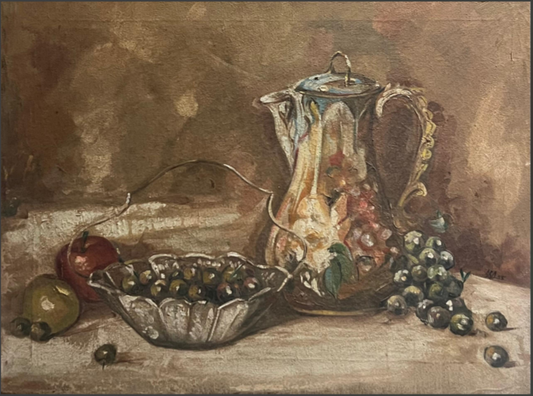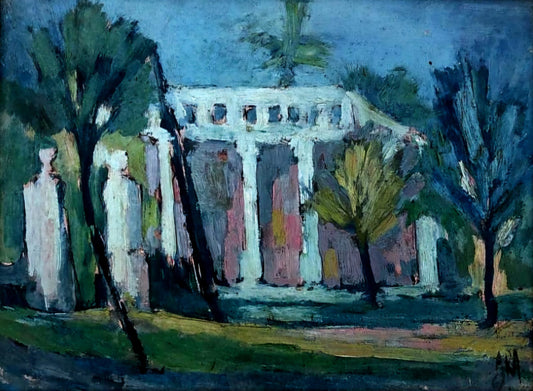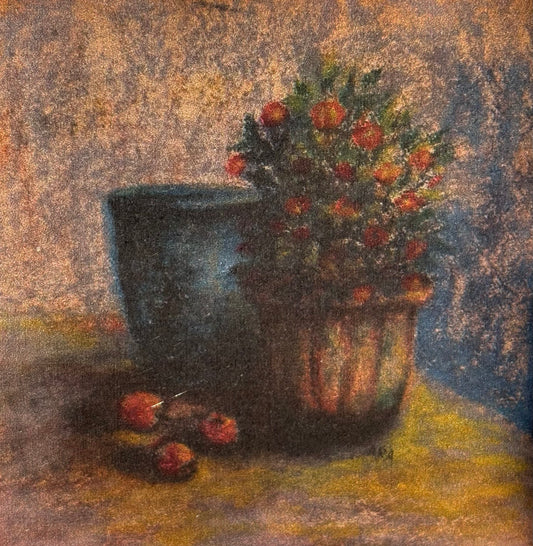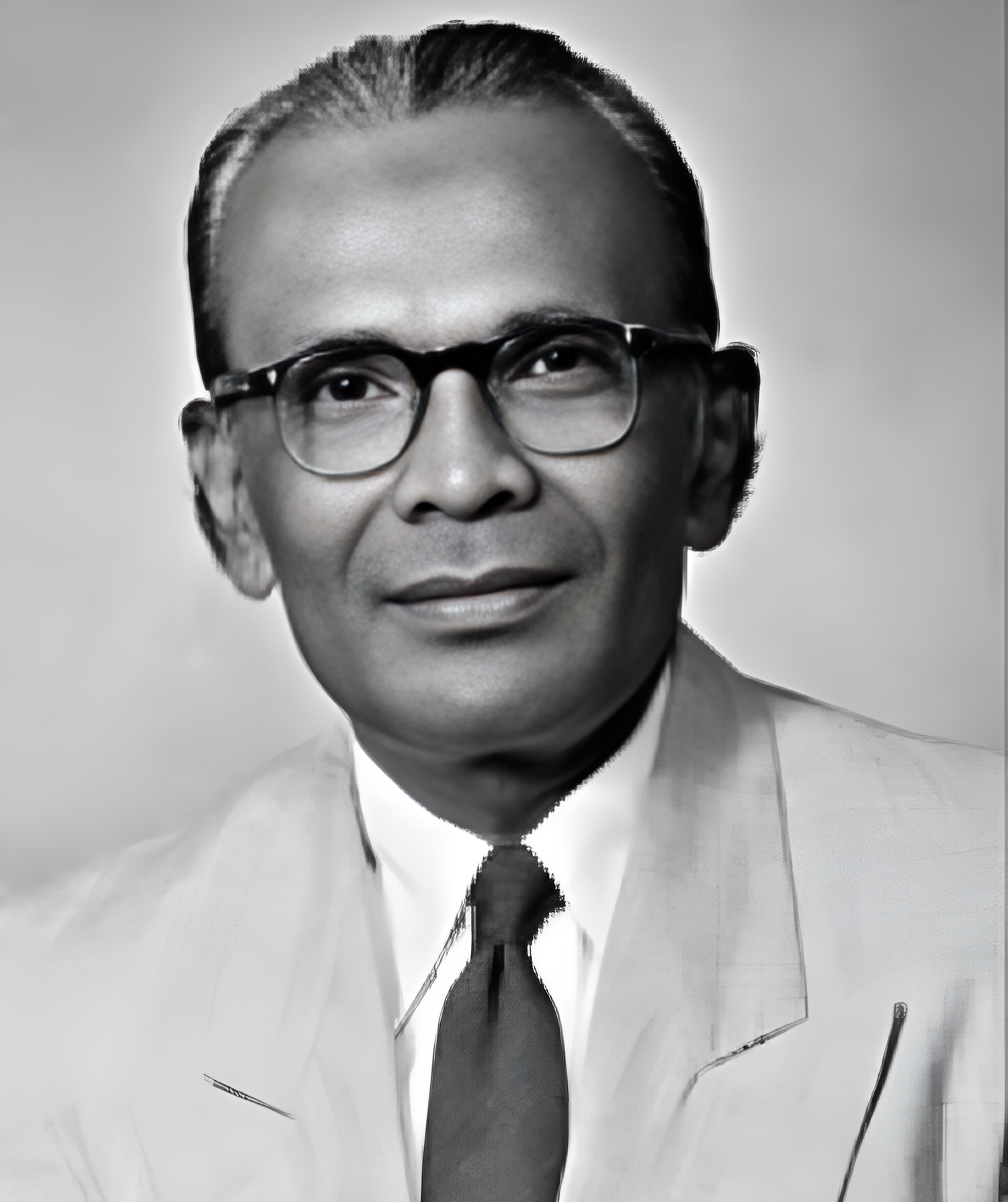
K H ARA
K. H. Ara’s canvases carry a disarming sincerity, quiet, intimate, and often raw. A founding member of the Progressive Artists’ Group in Bombay, his contributions shaped the early contours of Indian modernism, yet his journey remained uniquely personal. Largely self-taught, Ara emerged from a life of hardship, first working as a houseboy in Mumbai while privately developing his drawing skills. His early promise drew the support of key patrons, and he soon found himself aligned with some of India’s most influential modernists, including F. N. Souza, M. F. Husain, and S. H. Raza.
Unlike his more flamboyant peers, Ara approached painting with restraint and sensitivity. His still lifes, rural landscapes, and figurative works reflect a deep internal quietude, less concerned with overt ideology, more attuned to the poetics of form and tone. His nudes, in particular, marked a bold departure in the Indian art scene. Rendered without eroticism or idealization, these figures were presented with a kind of tender vulnerability rare for their time. In them, Ara neither dramatized nor disguised the body. He painted with the empathy of someone who knew marginalization, and offered the figure space to simply exist. His landscape compositions similarly reveal an affinity for the understated. Loosely structured and often bordering on abstraction, they resonate with an emotional charge that transcends literal depiction. Thick brushwork and restrained color palettes give his paintings a textured, tactile quality, with pigment layered deliberately rather than impulsively. The result is not spectacle but subtlety, a visual language grounded in observation and instinct, not academic perfection.
Ara’s modernism did not seek grandeur. He located meaning in the ordinary, and his aesthetic, while grounded in European modernist idioms, remained deeply rooted in Indian life. He was a painter of emotion rather than narrative, whose works evoke solitude, interiority, and the fragile dignity of everyday existence. His role within the Progressive Artists’ Group was foundational. While others explored bold political or spiritual themes, Ara’s vision remained introspective, offering a necessary counterpoint within the broader movement. His legacy, though at times overshadowed, is essential to the history of Indian art. Today, his paintings are held in major public and private collections, where they continue to speak quietly but insistently of a time, a place, and a painter who forged a modern path with grace and humility.
-
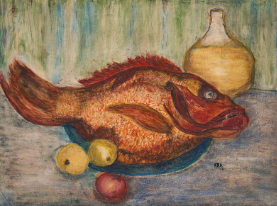 Sold
SoldK H Ara
Still Life With Fish
Regular price Rs. 0.00Regular priceUnit price per

